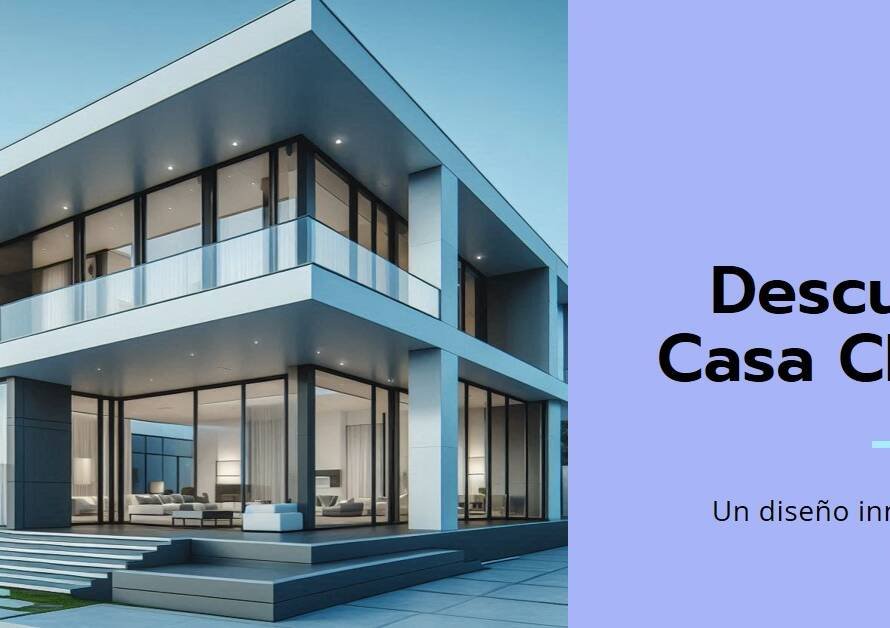
Table of Contents
- Introduction: Exterior Design
- Understanding the Potential of Your Space:
- Creating a Cohesive Design Theme:
- Planning Functional Zones:
- Enhancing with Landscaping:
- Optimizing Outdoor Lighting:
- Selecting Comfortable and Stylish Furniture:
- Incorporating Water Features:
- Integrating Outdoor Kitchens and Dining Areas:
- Emphasizing Sustainability and Eco-Friendly Practices:
- Conclusion:
Introduction: Exterior Design
Exterior Design – Transforming your outdoor space into a luxurious living area extends your home beyond its walls, blending nature with comfort and style. By carefully planning and designing your exterior, you can create an inviting environment perfect for relaxation, entertainment, and family gatherings. This blog post delves into the multifaceted world of exterior design, offering insights and tips to elevate your outdoor living experience.
Understanding the Potential of Your Space:
Assessing Your Current Layout The first step in elevating your outdoor living space is to assess the current layout. Take a walk around your yard, patio, or garden to identify key areas and features. Consider the flow of movement, natural light, and existing vegetation. Understanding your space’s strengths and limitations will guide you in making informed design decisions.
Setting Clear Objectives Determine what you want to achieve with your exterior design. Do you envision a tranquil retreat, a vibrant social hub, or a family-friendly play area? Setting clear objectives helps prioritize elements like seating, lighting, and landscaping to meet your lifestyle needs.
Creating a Cohesive Design Theme:
Choosing a Design Style Select a design style that complements your home’s architecture and personal taste. Whether you prefer modern minimalism, rustic charm, or a Mediterranean vibe, a cohesive theme ties all elements together harmoniously. Research different styles and draw inspiration from magazines, websites, and nature itself.
Integrating Indoor and Outdoor Spaces Seamlessly blending indoor and outdoor living areas enhances the overall aesthetic and functionality of your home. Use similar materials, colors, and design motifs to create a unified look. Large glass doors, continuous flooring, and consistent furniture styles can bridge the gap between the inside and outside.
Planning Functional Zones:
Divide your outdoor space into functional zones to cater to various activities. Designate areas for dining, lounging, cooking, and playing. This organization helps maximize the usability of your space and makes it more inviting.
Utilize natural boundaries like hedges, flower beds, and trees to define different zones. Hardscaping elements such as pergolas, trellises, and garden walls can also demarcate spaces effectively while adding visual interest.
Enhancing with Landscaping:
Choose native plants and shrubs that thrive in your local climate. They require less maintenance and create a natural, cohesive look. Mix textures, colors, and heights to add depth and vibrancy to your garden.
Plan your landscaping to offer visual appeal throughout the year. Select a variety of plants that bloom in different seasons, ensuring your garden remains colorful and engaging. Evergreens, perennials, and seasonal flowers create a dynamic, ever-changing landscape.
Optimizing Outdoor Lighting:
Layering Light Sources Effective outdoor lighting enhances safety and ambiance. Layering different types of lights—ambient, task, and accent—creates a balanced, functional illumination. Use string lights, lanterns, and spotlights to highlight key features and create a warm, inviting atmosphere.
Incorporate energy-efficient lighting options like solar and LED lights. These sustainable choices reduce energy costs and minimize environmental impact. Solar lights are particularly useful for pathways and garden features, harnessing natural energy to illuminate your space.
Selecting Comfortable and Stylish Furniture:
Prioritizing Durability and Comfort Outdoor furniture should be both durable and comfortable. Choose materials like teak, wrought iron, and all-weather wicker that can withstand the elements. Invest in high-quality cushions and upholstery to ensure comfort during long hours of use.
Creating Versatile Seating Arrangements Flexible seating arrangements cater to different occasions and group sizes. Modular furniture sets, benches with storage, and portable chairs allow you to easily reconfigure your space. Consider incorporating built-in seating options for a seamless, integrated look.


Incorporating Water Features:
Adding Tranquil Elements Water features add a sense of tranquility and elegance to your outdoor living area. Whether it’s a simple birdbath, a bubbling fountain, or a koi pond, the sound and sight of water enhance relaxation and aesthetic appeal.
Ensuring Proper Maintenance Maintain your water features regularly to keep them in optimal condition. This includes cleaning filters, checking for leaks, and managing algae growth. A well-maintained water feature can be a stunning focal point in your garden.
Integrating Outdoor Kitchens and Dining Areas:
Designing Functional Outdoor Kitchens An outdoor kitchen extends your cooking and entertaining space. Include essential elements like a grill, countertop, sink, and storage. High-quality, weather-resistant appliances and materials ensure durability and functionality.
Creating Inviting Dining Spaces Set up a dining area that complements your outdoor kitchen. A sturdy table, comfortable chairs, and adequate lighting create a welcoming environment for meals. Consider adding a pergola or canopy for shade and protection from the elements.
Emphasizing Sustainability and Eco-Friendly Practices:
Incorporate recycled and sustainable materials in your exterior design. Reclaimed wood, recycled plastic, and eco-friendly composites reduce environmental impact and add unique character to your space.
Adopt water-saving techniques like drip irrigation, rain barrels, and drought-tolerant plants. These practices conserve water and ensure your garden remains lush and healthy even during dry periods.
Conclusion:
Elevating your outdoor living space with thoughtful exterior design not only enhances your home’s aesthetic appeal but also improves its functionality and sustainability. By understanding your space, creating a cohesive design theme, and incorporating functional zones, landscaping, lighting, furniture, water features, and eco-friendly practices, you can transform your yard into a luxurious retreat. Embrace the potential of your outdoor living area and enjoy the blend of nature and comfort that a well-designed exterior space provides.


